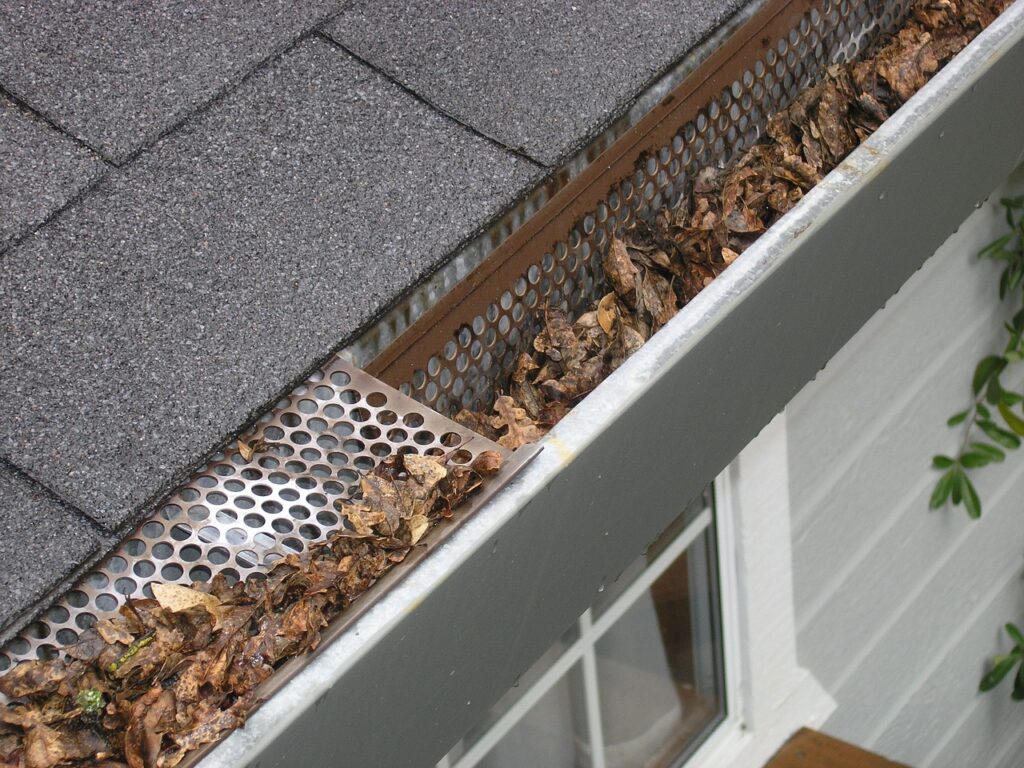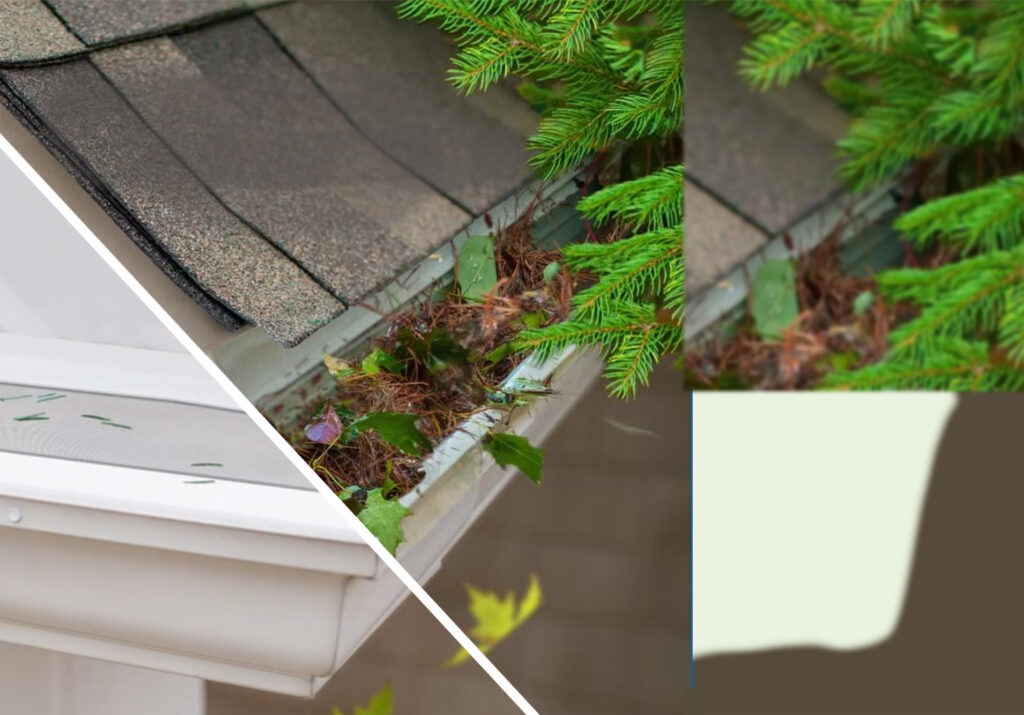Gutters play a crucial role in safeguarding your home by capturing roof runoff and directing it away, protecting your siding, doors, windows, and foundation from potential damage. They also prevent water from pooling near your home, crucial in winter to avoid hazardous ice buildup on driveways and walkways.
To function effectively, gutters must remain clear of leaves, debris, and other obstructions. Clogged gutters can cause water backup, leading to detachment and potential damage to wood or metal gutters through rot or rust.
For optimal gutter maintenance, we’ve compiled a comprehensive cleaning guide that covers every essential step.
Tools and equipment
Tools and equipment for gutter cleaning can vary, but we suggest using the following:
Garden Hose
Use a garden hose equipped with a pistol-grip trigger spray nozzle, allowing you to adjust water pressure single-handedly. This type of nozzle can be conveniently hung over the gutter’s edge while using a gutter scoop or repositioning the ladder. Such spray nozzles are readily available at hardware stores.
Gutter Scoop
For effective debris removal, opt for a plastic gutter scoop, widely available at hardware stores. Its thin front edge matches the gutter trough’s shape, making it ideal for scooping debris of various sizes.
Ensure to avoid metal scooping tools to prevent potential damage or scratches to the gutter bottom and seams.
Bucket and Dropcloth
Keep a bucket handy for collecting debris as needed. Protect areas beneath the gutters, especially over delicate hardscaping and landscaping, with a dropcloth.
How To Clean Out Rain Gutters
There is a systematic approach to clearing your gutters:
- Clean the roof first: Begin by clearing debris from your roof using a rake or leaf blower. This prevents debris from washing into your clean gutters during the next rainfall and helps avoid water damming in valleys, which can cause leaks or erosion.
- Remove gutter debris: Starting from the lower end of the gutter, use a gutter scoop or trowel to scoop out debris. It’s best to work with moderately damp debris to ease the process. Directly scoop debris into a bucket or container to minimize cleanup.
- Rinse out the gutters: Use a garden hose fitted with a high-pressure nozzle to rinse the gutters. Begin at the higher end and move towards the outlet. Be cautious of splattering debris on your house during this potentially messy task. Stubborn dirt can be loosened with a stiff scrub brush if the hose struggles to remove it.
- Clear the downspouts: Ensure downspouts are clear by running water down them at full pressure. If water backs up, indicating a clog, attempt to clear it by tapping the drainpipe or flushing it from the bottom if necessary. Disconnect the downspout from an underground drain before attempting to clear it if connected, to prevent pushing the clog further underground.
Guidelines for Safely Cleaning Rain Gutters
Safety should always be your top priority in any project:
- Ladder Safety
When using a ladder, take these precautions:
- Inform someone of your plans to work on a ladder.
- Have a spotter present to assist and stabilize the ladder as needed.
- Use a sturdy ladder with a shelf capable of holding a bucket securely.
- Choose the appropriate type of ladder based on your home’s height.
- Maintain balance by keeping your hips between the ladder rails and avoiding leaning over.
- Avoid using orchard or wooden ladders due to stability issues.
- Consider using fiberglass ladders for short-term tasks and aluminum ladders for longer periods.
- Inspect your ladder for defects before use and ensure it is fully extended and locked.
- Hand Protection
Protect your hands with heavy work gloves to avoid infection and cuts from debris and sharp objects.
- Eye Protection
Wear goggles or eye protection to shield your eyes from debris and potential hazards.
- Footwear
If working on the roof, wear rubber-soled shoes for better grip and traction.
- Power Line Safety
Be cautious around power lines and ensure they are not damaged or posing a risk before beginning work.
Always prioritize safety and assess conditions carefully before starting any gutter cleaning tasks.



